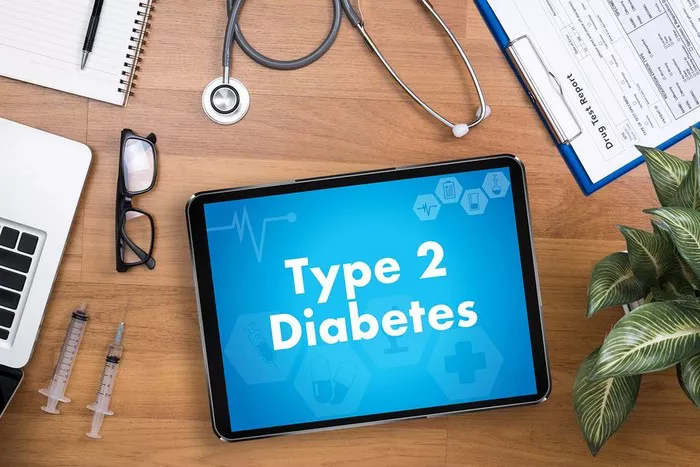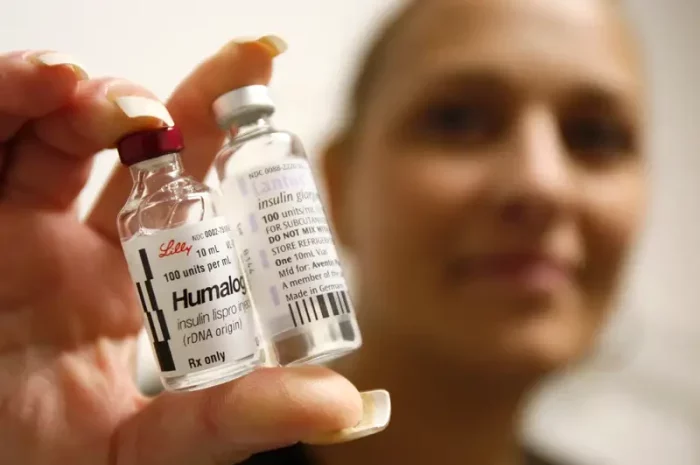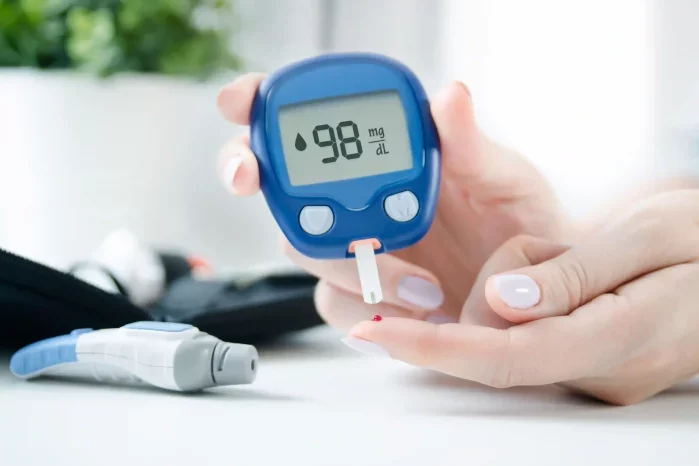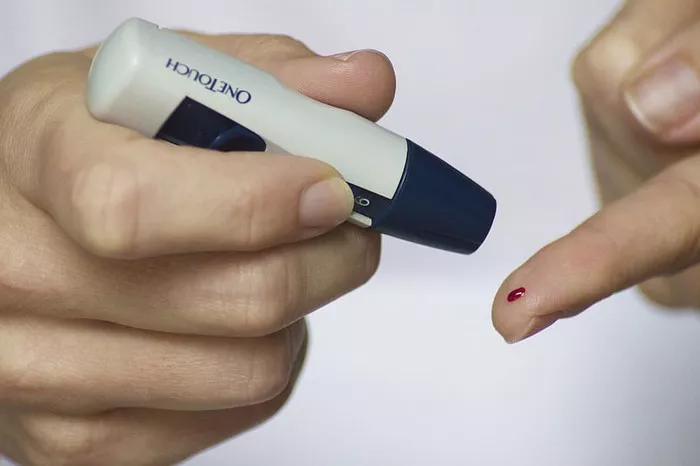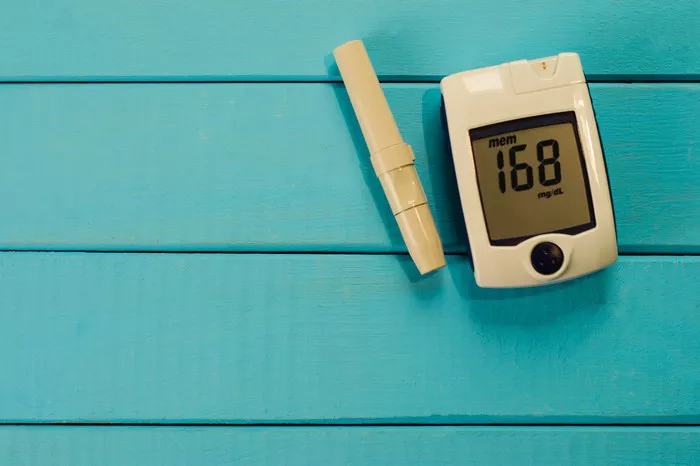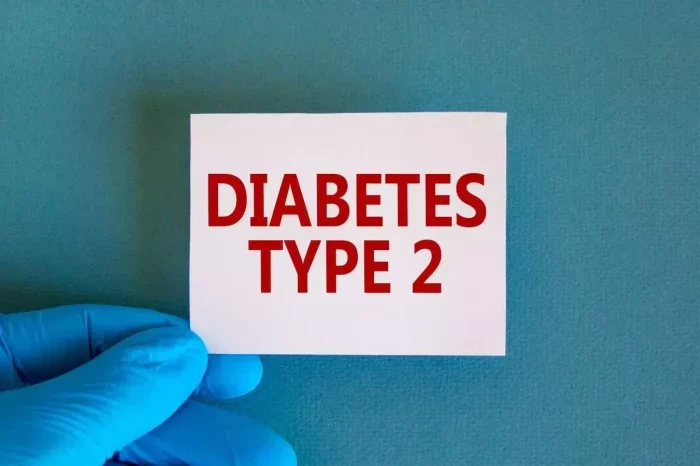Type 2 diabetes is a chronic condition characterized by high blood sugar levels resulting from insulin resistance or insufficient insulin production by the pancreas. This metabolic disorder can have a significant impact on overall health, increasing the risk of complications such as heart disease, kidney failure, and nerve damage. One area where diabetes can have particularly profound effects is foot health.
Connection Between Diabetes and Foot Health
Diabetes can lead to foot-related issues due to its effects on circulation, nerve function, and immune response. High blood sugar levels can damage blood vessels and nerves in the feet, leading to poor circulation (peripheral artery disease) and neuropathy (nerve damage). Reduced blood flow and sensation in the feet can increase the risk of developing foot ulcers, infections, and other complications. Proper foot care is essential for individuals with diabetes to prevent serious foot problems and maintain overall health.
Common Signs in Feet
Numbness or Tingling: A lack of feeling or a tingling sensation in the feet or toes (neuropathy).
Pain: Sharp pains or cramps in the feet, often worse at night (neuropathy or peripheral artery disease).
Changes in Skin Color: Skin discoloration or temperature changes, such as redness, warmth, or bluish tint (poor circulation).
Swelling: Any unusual swelling in the feet, ankles, or legs (edema).
Slow Healing: Cuts, sores, or wounds that heal slowly or are difficult to heal (poor circulation and compromised immune response).
Loss of Hair: Reduced hair growth on the lower legs or feet (poor circulation).
Risk Factors
Several factors can increase the risk of developing foot problems in individuals with diabetes, including:
Poorly controlled blood sugar levels
Smoking
High blood pressure
High cholesterol
Obesity
History of foot ulcers or amputation
Neuropathy or peripheral artery disease
Foot deformities or structural abnormalities
Preventive Measures
To prevent foot complications from diabetes, individuals should:
Maintain good blood sugar control through diet, exercise, and medication as prescribed by a healthcare provider.
Inspect feet daily for cuts, sores, blisters, or other signs of injury.
Keep feet clean and dry, washing with mild soap and warm water and thoroughly drying between toes.
Wear properly fitting shoes with cushioned insoles and roomy toe boxes to prevent pressure points and friction.
Avoid walking barefoot and protect feet from extreme temperatures, sharp objects, and other potential hazards.
Trim toenails straight across and avoid cutting corners to prevent ingrown toenails.
Schedule regular foot exams with a healthcare provider or podiatrist to monitor foot health and address any concerns promptly.
When to Seek Medical Help
It is important to consult a healthcare provider if any of the following symptoms are observed:
Persistent numbness, tingling, or pain in the feet
Changes in skin color, temperature, or texture
Swelling, redness, or tenderness in the feet or ankles
Slow-healing cuts, sores, or wounds
Signs of infection, such as pus, drainage, or foul odor
Treatment Options
Treatment for diabetic foot issues may include:
Wound care, such as cleaning, debridement, and dressing changes
Antibiotic therapy for infected wounds
Offloading pressure with special shoes, braces, or orthotic devices
Surgical intervention for severe infections, ulcers, or deformities
Medications to manage pain, neuropathy, or other symptoms
Resources and Support
For further reading and support, individuals with diabetes can access resources such as:
American Diabetes Association (ADA): Provides educational materials, online resources, and support groups for individuals with diabetes and their caregivers.
National Institute of Diabetes and Digestive and Kidney Diseases (NIDDK): Offers information on diabetes-related foot problems, prevention strategies, and treatment options.
Diabetes support groups: Joining a support group for individuals with diabetes can provide encouragement, advice, and shared experiences with managing foot health and diabetes-related challenges.
FAQ Section
Can diabetes cause foot problems even if my blood sugar levels are well controlled?
Yes, diabetes can still affect foot health even with well-controlled blood sugar levels. Other factors such as circulation, nerve function, and immune response play a role in foot complications.
How often should I inspect my feet for signs of diabetic foot problems?
It is recommended to inspect your feet daily, preferably at the same time each day, to check for any changes or abnormalities.
What should I do if I notice a cut or sore on my foot?
Clean the wound with mild soap and water, apply an antibiotic ointment, and cover it with a clean bandage. If the wound does not heal or shows signs of infection, seek medical attention promptly.
Conclusion
Maintaining healthy feet is essential for individuals with diabetes to prevent serious complications and maintain overall health. By understanding the connection between diabetes and foot health, recognizing common signs of diabetic foot problems, taking preventive measures, seeking medical help when needed, and accessing resources and support, individuals can effectively manage their diabetes and reduce the risk of foot-related complications. Prioritizing foot care as part of a comprehensive diabetes management plan can lead to better outcomes and improved quality of life.
Related Topics:
What Fruit Can I Eat With Diabetes Type 2?

